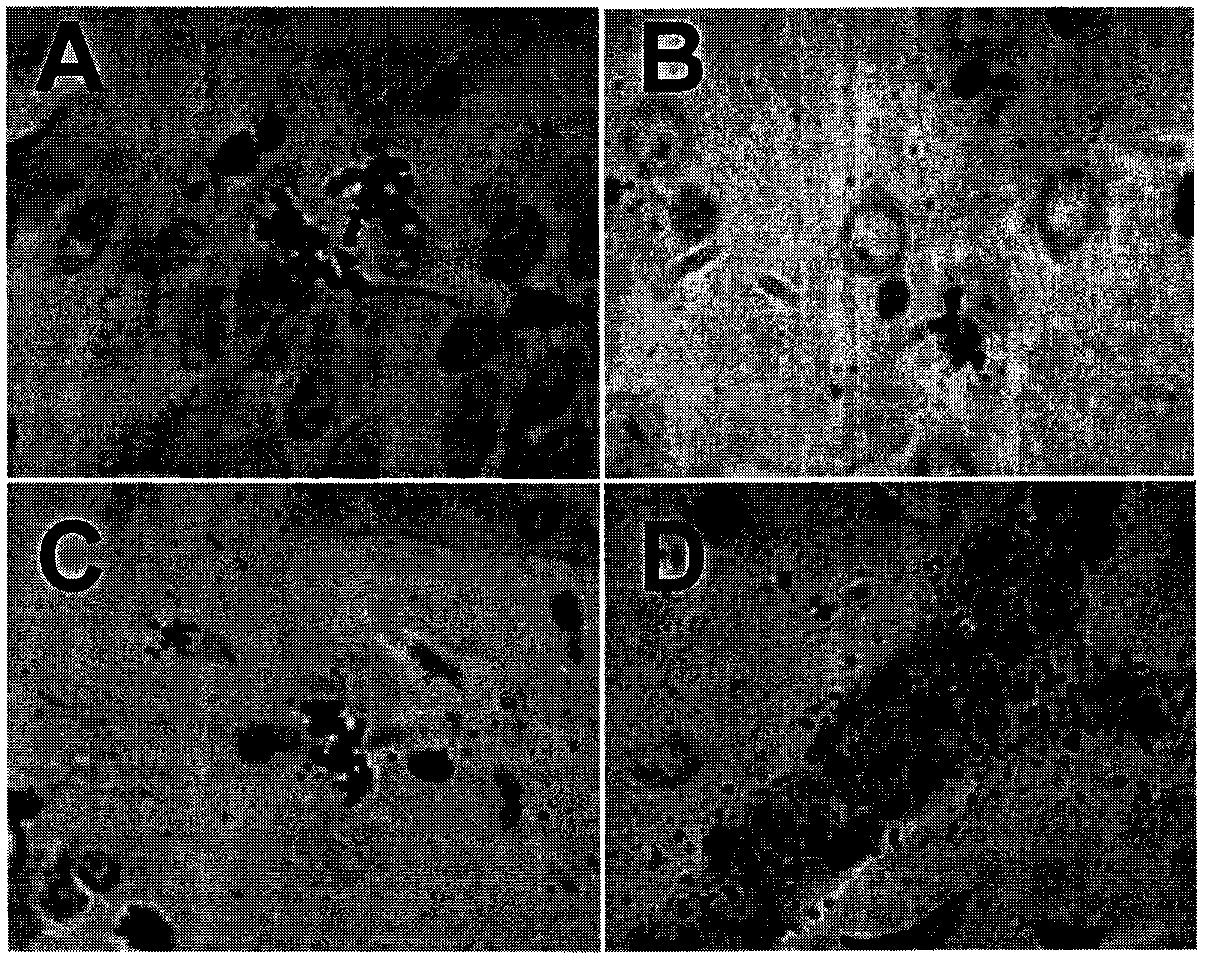Radiologic Agents for Monitoring Alzheimer's Disease Progression and Evaluating a Response to Therapy and Processes for the Preparation of Such Agents
a technology of radiologic imaging and alzheimer's disease, applied in the field of cyclosalingenyl pyrimidine nucleoside monophosphates, can solve the problems of high risk of subjectivity, agents are also probably not good choices, and the accumulation of amyloid deposits is also an ever-present event in the aging brain. achieve the effect of high-efficiency radiologic imaging agents
- Summary
- Abstract
- Description
- Claims
- Application Information
AI Technical Summary
Benefits of technology
Problems solved by technology
Method used
Image
Examples
example 1
[0049]The radiosyntheses of cycloSaligenyl-phosphotriesters of 5-[125I]iodo-2′-deoxyuridine 2-4 (cycloSal-triesters) is described herein. The separation of compounds 2-4 into their respective SP and RP diastereoisomers 2a, 3a, 4a and 2b, 3b, 4b is also described herein. Biodistribution and SPECT imaging studies using these cycloSal-triesters in normal and transgenic mice were conducted to assist in the selection of the best candidate compounds for further studies. Structures are shown in Scheme 1 and 2.
Syntheses of 125I-Labeled BChE-Binding Compounds.
[0050]First, nonradioactive [127I]iodo-analogs were synthesized in a phosphorus(III) route as follows: cyclic chlorophosphites, prepared from the appropriate salicyl alcohols (Meier et al. (1998) Eur. J. Org. Chem., 837-846; Meier et al. (1999) J. Med. Chem., 42:1615-1624), were reacted with 5-iodo-3′-O-levulinyl-2′-deoxyuridine in the presence of diisopropylethyl amine (DIPEA) followed by a direct, one-pot oxidation with t-BuOOH to giv...
example 2
[0068]18FLT is being developed (Grierson et al. (1998) J. Nucl. Med., 39: 22; Grierson et al. (1999) J. Labelled Comp. Radiopharm., 42:5525-5526; Grierson et al. (1999) J. Nucl. Med., 40:83P; Griersn et al. (1997) J. Labelled Compd. Radiopharm., 40:60-62; Grierson et al. (1998) J. Nucl. Med., 39:229P; Rasey et al. (1999) J. Nucl. Med., (40)5:25P; Shields et al. (1998) Nat. Med., 4:1334-1336) as a PET imaging agent of proliferating cells in cancer. The results presented herein highlight a new application for derivatives of 18FLT in the form of cycloSal-3′-deoxy-3′-[18F]fluorothymidine monophosphates 1 as novel PET tracers specific to the BChE content in the brain of AD patients. 5′-O-[cycloSaligenyl-3,5-di(tert-butyl)-6-fluoro]-3′-deoxy-3′-[18F]fluorothymidine monophosphate 1 (Schemes 1 and 4) has all properties required of the target-specific and selective marker of the AD progression and response to therapy.
[0069]When planning no-carrier-added radiosyntheses of 1, several methods (...
PUM
| Property | Measurement | Unit |
|---|---|---|
| Capacitance | aaaaa | aaaaa |
| Time | aaaaa | aaaaa |
Abstract
Description
Claims
Application Information
 Login to View More
Login to View More - R&D
- Intellectual Property
- Life Sciences
- Materials
- Tech Scout
- Unparalleled Data Quality
- Higher Quality Content
- 60% Fewer Hallucinations
Browse by: Latest US Patents, China's latest patents, Technical Efficacy Thesaurus, Application Domain, Technology Topic, Popular Technical Reports.
© 2025 PatSnap. All rights reserved.Legal|Privacy policy|Modern Slavery Act Transparency Statement|Sitemap|About US| Contact US: help@patsnap.com



